
Basics of a home Indian Kitchen
By Shoba Nair - Thursday, Jun 11, 2015
Indian cooking is often perceived as being rather complex, just like its sophisticated flavours. Although it does involve a lot of ingredients and makes use of an array of utensils, it does not need to be as complicated as you make them out to be, once you get your basics right. These days, modern equipment such as blenders and pressure cookers have found their way into homely Indian kitchens too.
What you need to cook a basic Indian dish are essentially the basic sauces and the utensils that are key to making your favourite Indian dishes.
The Essence of Indian Cooking: The Sauce
What cause the bursting flavours in Indian curries? The secret is in the sauce.
Masala Sauce
The basic Indian sauce for masala curries like chicken curry and dal (sambar) curry, as well as meat dishes is the chilli and masala sauce or paste. Chilli powder and masala powder (sambar, fish or chicken) are mixed together with a little water to make a paste. If you do not like the commercially- produced masala powders, you can make your own. Although there may be variations, you would usually need to grind a string of spices like cumin seeds, cloves, bay leaves, black peppercorns, coriander seed, cinnamon sticks, star anise, cardamom seeds and turmeric. That is why your favourite masala chicken bursts with flavour with each mouthful!
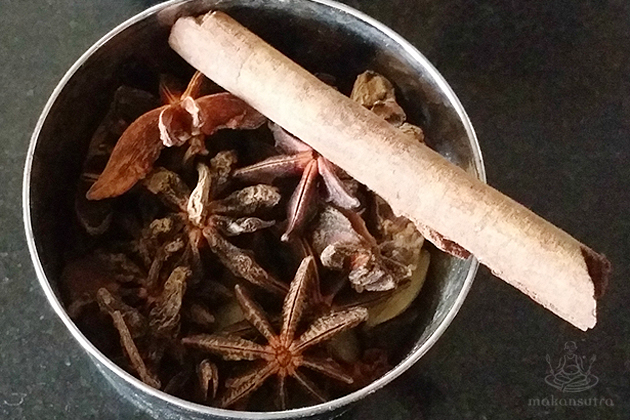
Ginger-Garlic Sauce
Ginger-garlic sauce or paste is one of the key ingredients used to marinate the chicken before making chicken curry. It is also used to marinate fish or chicken to prepare it for frying. If you are looking to prepare an aromatic biriyani dish, you would need to add a little bit of ginger-garlic paste to cook your biriyani rice. The ginger-garlic paste lends a sharp flavour to the dishes, and removes the ‘rawness’ of the meat.
Tools of Indian Cuisine
Grinder
Most Indian food involves some kind of grinding, such as for the batter for the ‘thosai’ and the grinding of spices to make the masala sauce. A good, strong grinder is thus something that is needed, which replaces the traditional huge mortar and pestle that you would not find in many Indian homes nowadays.
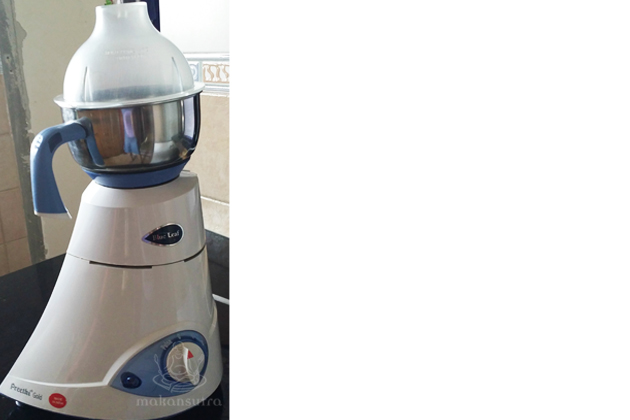
Pressure cooker
Dal curry is one of the main curries you find in Indian food stalls and it is also a common curry in Indian homes. The first step to making dal curry is to boil the dal, and in a regular pot, this could take very long. It is thus common to find a pressure cooker in most Indian homes, where the dal can be cooked in less than 10 minutes.
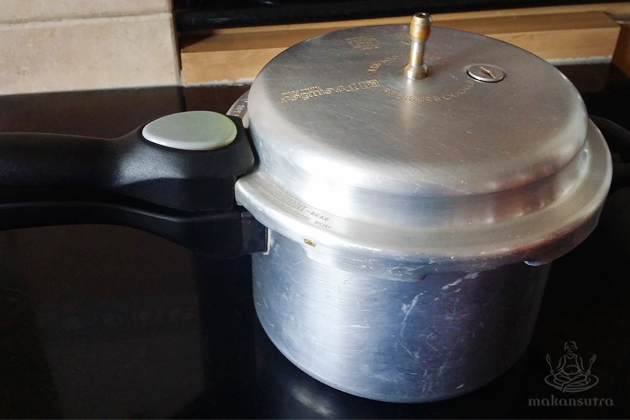
Kadai (wok)
Similar to Chinese homes, a wok is indispensable in an Indian home too. It is used to cook most non-curry Indian food like regular mixed vegetables, masala chicken and chilli chicken. The small deeper woks are used to fry the pappadams and other deep-fried food.
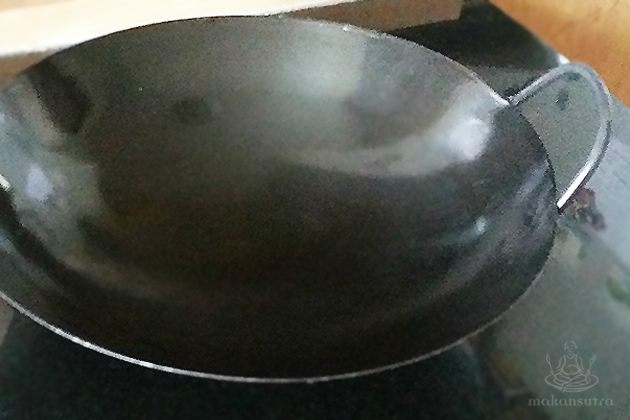
Rolling pin and board
With ready-made chappatis being a poor substitute for freshly made ones, most Indian homes possess a rolling pin and wooden board (or a metallic non-stick board) to make the chappati. Rolling the chappati dough is much like making a pizza base, and this pair of tools is indispensable.
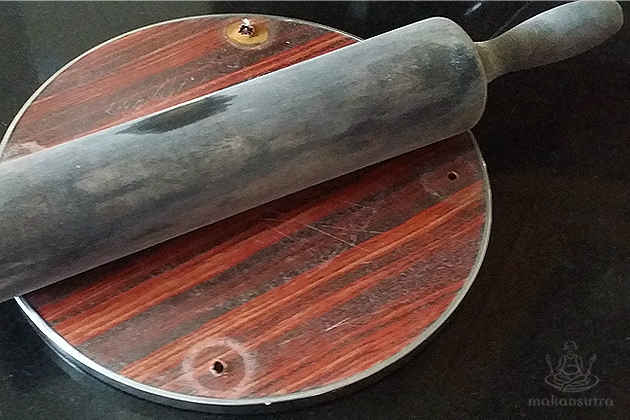
Steel containers and tea strainer
Hot, milky tea is an important drink in the Indian home, serving as an early morning wake-up drink or as an integral part of the all-important afternoon tea-time in the Indian home (typically at 4pm).

Making this sweet tea is not as simple as soaking a tea bag in a cup and adding milk and sugar to it. Instead, a good cup of tea in an Indian home is a product of brewing of tea leaves in boiling water and then pouring the tea water through a strainer. The unique thing about this tea is also in the method. Sugar and milk (powder, fresh milk or evaporated milk) are added to it not by stirring with a spoon but by mixing them using two steel containers. You literally ‘pull’ the tea by transferring the mixture from one container to another, much like how you would see your teh tarik being made at the Indian tea stalls.
Thus, to make a really good cup of Indian tea, you would need to stock up on two steel containers and a tea strainer.


